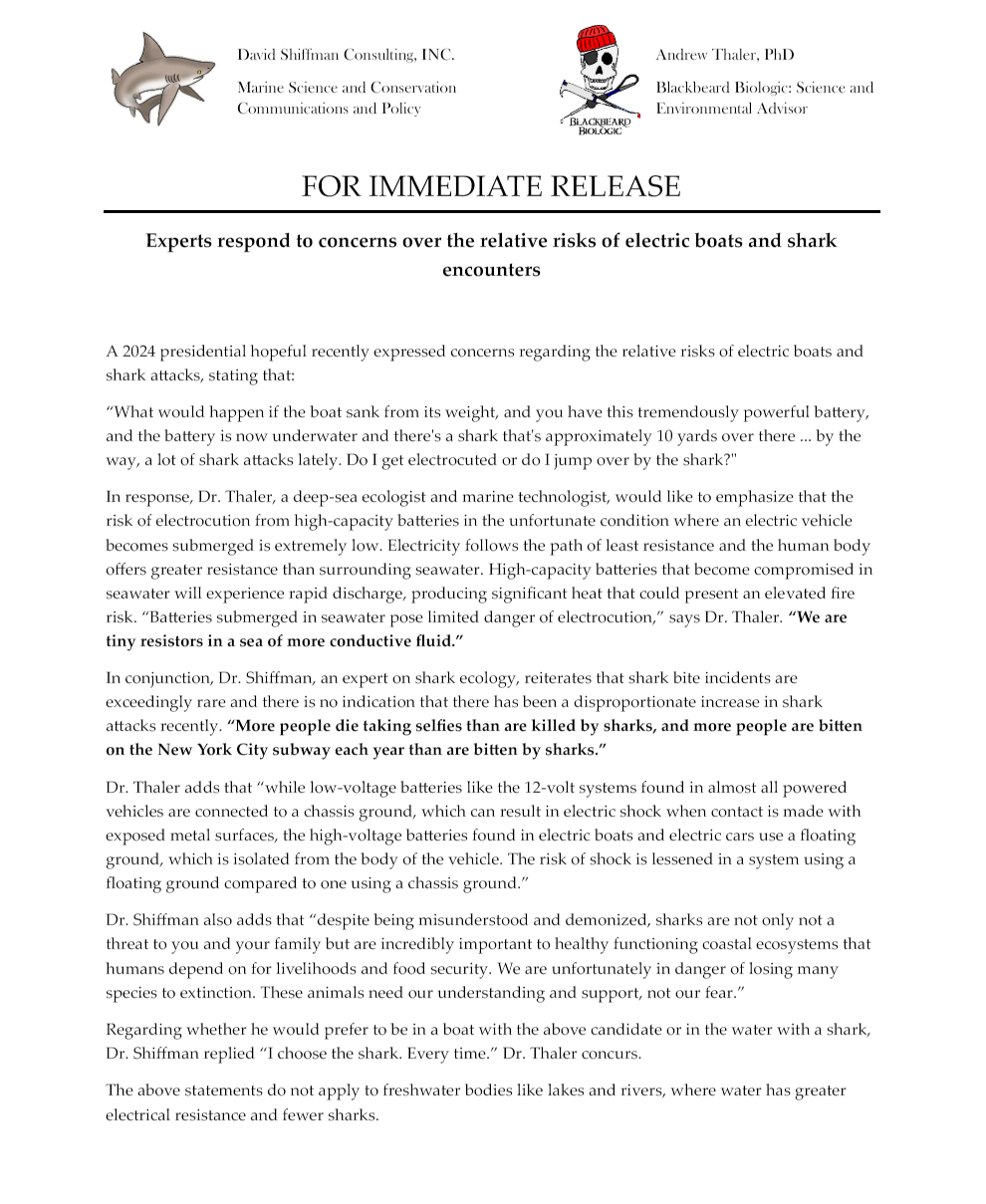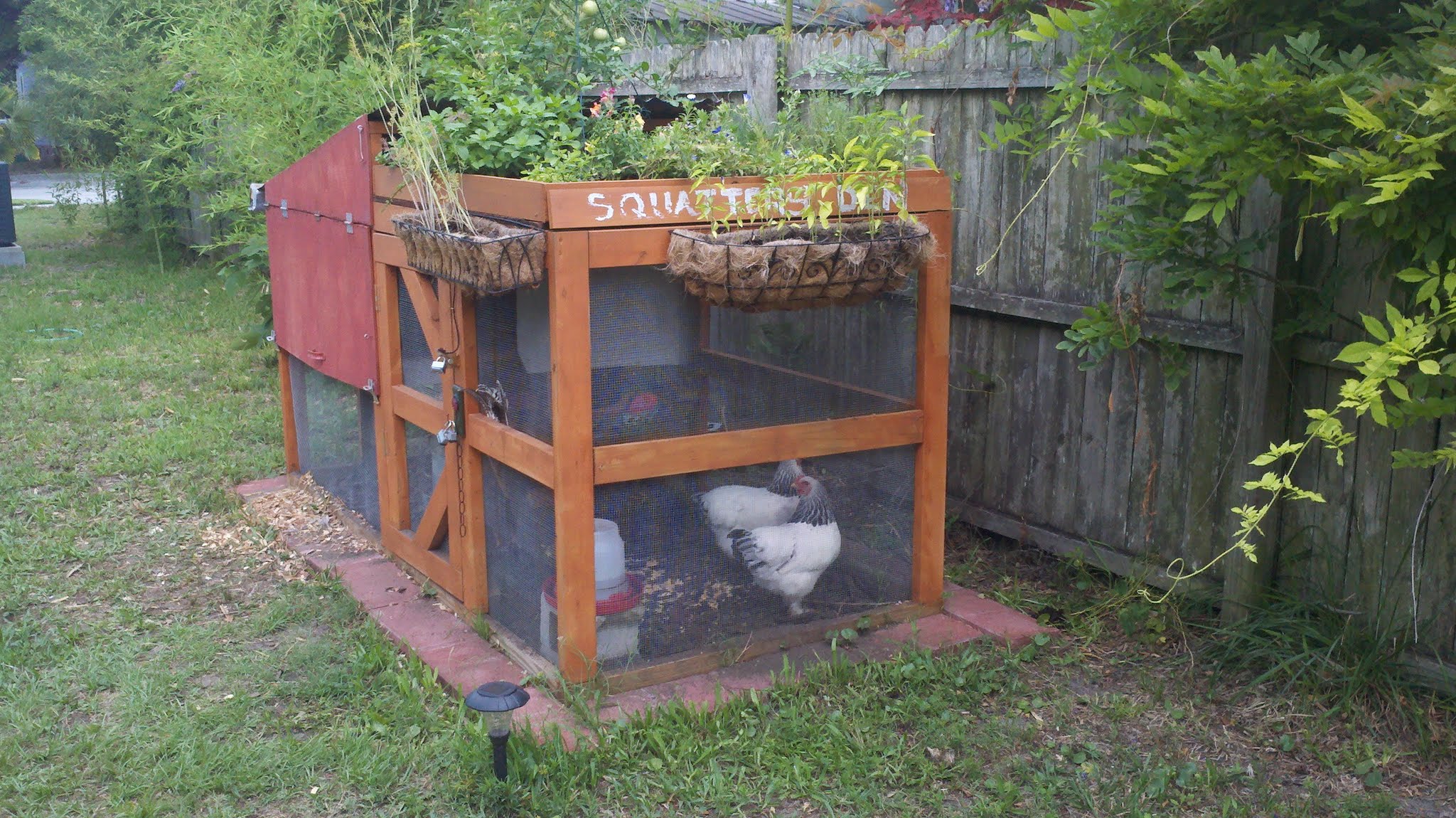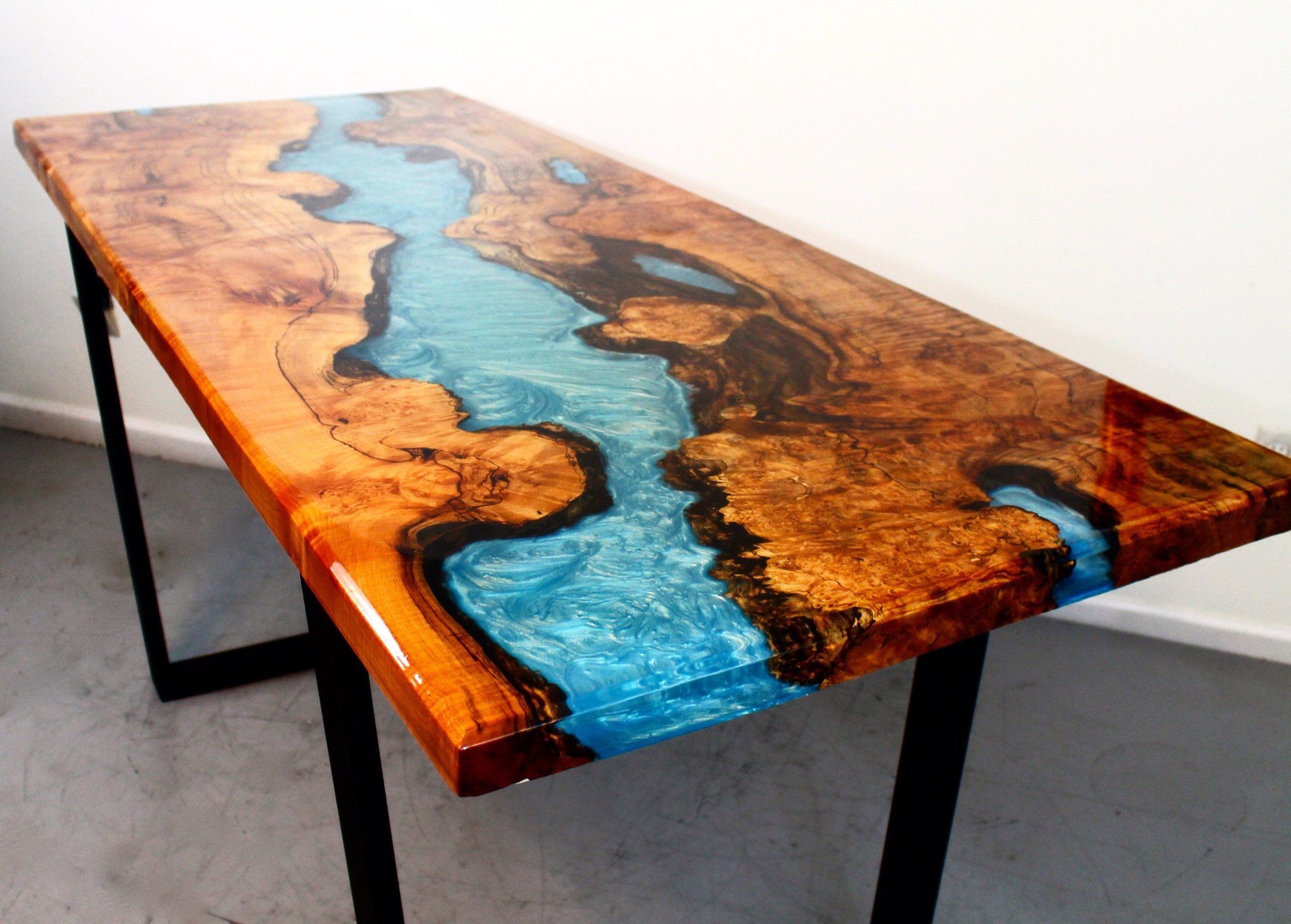- Election of ISA Secretary-General mired by accusations of bribery and corruption
- International Seabed Authority gears up for a leadership challenge at the July meeting.
- No, the ship didn’t steer towards the pylon: A brief fact check on the MV Dali collision with Baltimore’s Key Bridge
- New Deep-sea Mining Bill Introduced in Congress
- NOAA confirms North Atlantic Right Whale killed by commercial lobster gear
- Norway moves one step closer to deep-sea mining
The first time I went to test an OpenCTD head-to-head against a hand-held commercial CTD, something was wrong. It was early in the OpenCTD development, but we were deep enough into the weeds that we had what we thought was a pretty good calibration process. The OpenCTD looked good against our standards. But the devices … Read More “Did you calibrate you CTD today?” »
The ocean is a gigantic places absolutely chock full of weirdos. Oliver touched on quite a few points I’ve made over the year, including the fact that deep-sea mining is absolutely not inevitable and that new battery chemistries could dramatically reduce the demand for these critical minerals over the next decade. Read more about deep-sea … Read More “John Oliver covers Deep-sea Mining on Last Week Tonight” »
I have a problem with the OpenCTD. The OpenCTD is a low-cost, open-source oceanographic instrument that lets you take fundamental water quality measurements for a fraction the cost of commercial alternatives without sacrificing data quality. It’s rated to 140 meters, and we’ve tested that, once, in a bathymetric chamber, and then, occasionally, in the field. … Read More “I built a DIY hardware store pressure vessel to test ocean science tools from the comfort of my shed.” »
Friends of the Mariana Trench Express Gratitude for the Successful Publication of Monument Management Plan
A joint statement from David Shiffman Consulting, Inc and Blackbeard Biologic: Science and Environmental Advisors A 2024 presidential hopeful recently expressed concerns regarding the relative risks of electric boats and shark attacks, stating that: “What would happen if the boat sank from its weight, and you have this tremendously powerful battery, and the battery is … Read More “FOR IMMEDIATE RELEASE: Experts respond to concerns over the relative risks of electric boats and shark encounters” »
On July 4, 2011, I unveiled my designs for the Pico Farm, a tiny chicken coop and garden that fit into a 4′ by 8′ footprint. It was a cool little thing that fit into just about any backyard and laid the foundation for my decades long love of raising chickens. We even got an … Read More “Reflecting on my favorite chicken coops.” »
Fourteen years ago, when Social Media was fresh and new and full of hope, I started teaching Social Media for Environmental Communications at Duke University. The internet was bursting with potential and we wanted to help ocean campaigners tap into that cognitive surplus for the good of the planet. This was a data driven course, … Read More “This is not an article about epoxy river tables.” »
I sat down with Andrew Lewin last week to talk about science funding, crowdfunding, and 10 years raising seed funding for high risk projects using Patreon.
May has historically been one of the slowest months on the blog. The weather is getting nice and Southern Fried Science readers and writers have other priorities as the academic year comes to a close. We only published 8 articles this month and logged about 11,000 unique visitors. You were interested in the news that … Read More “Not much: What you read on Southern Fried Science in May” »
An epidemic of spinning disease is killing these Critically Endangered animals in a horrifying way. I spoke to experts to help understand what’s going on and what’s being done to help. A dead sawfish is unloaded by the Florida Fish and Wildlife Conservation Commission in preparation for a necropsy. Image courtesy Florida Fish and Wildlife … Read More “Critically Endangered sawfish are spinning in circles until they die. What the heck is going on?” »









